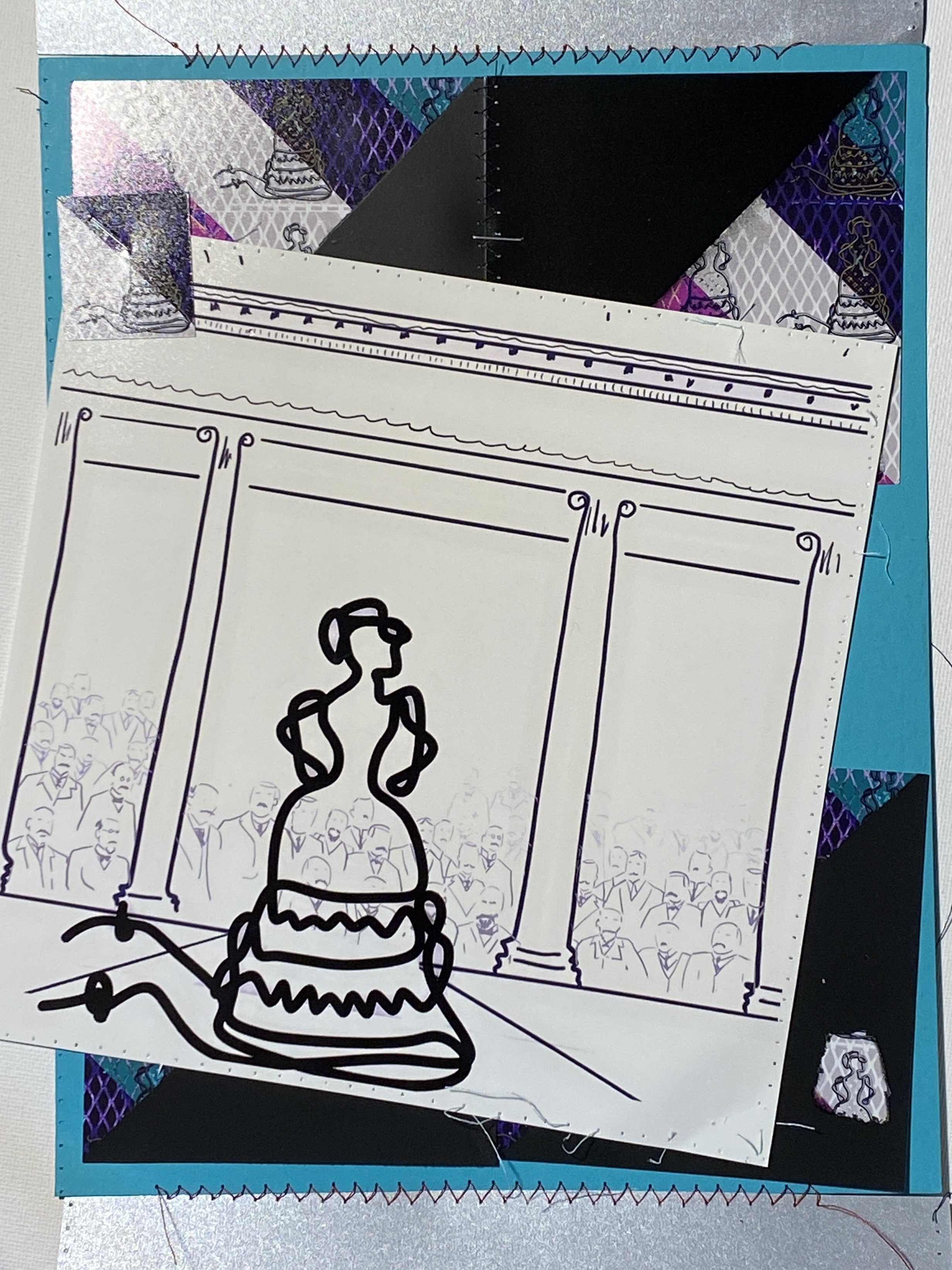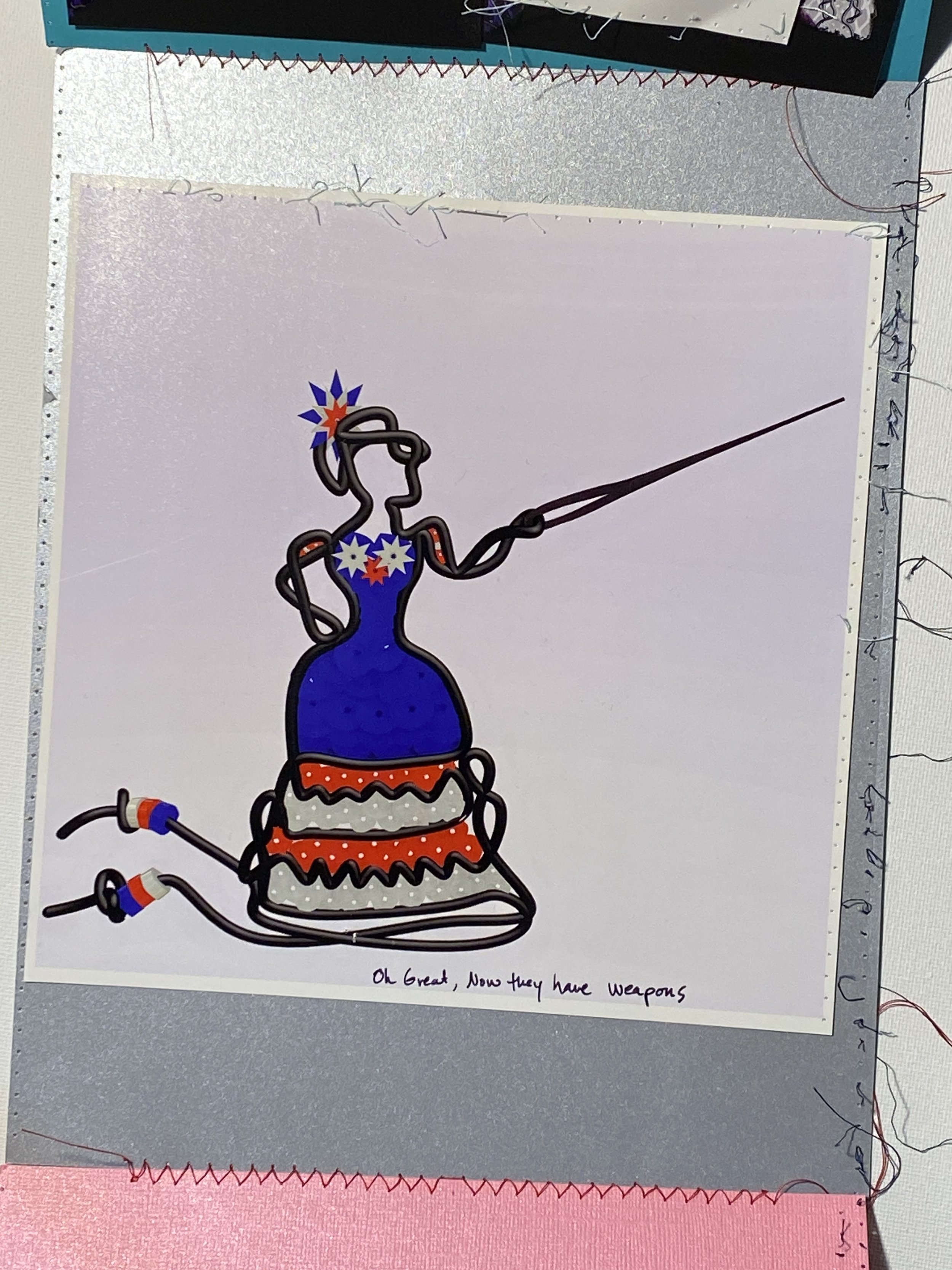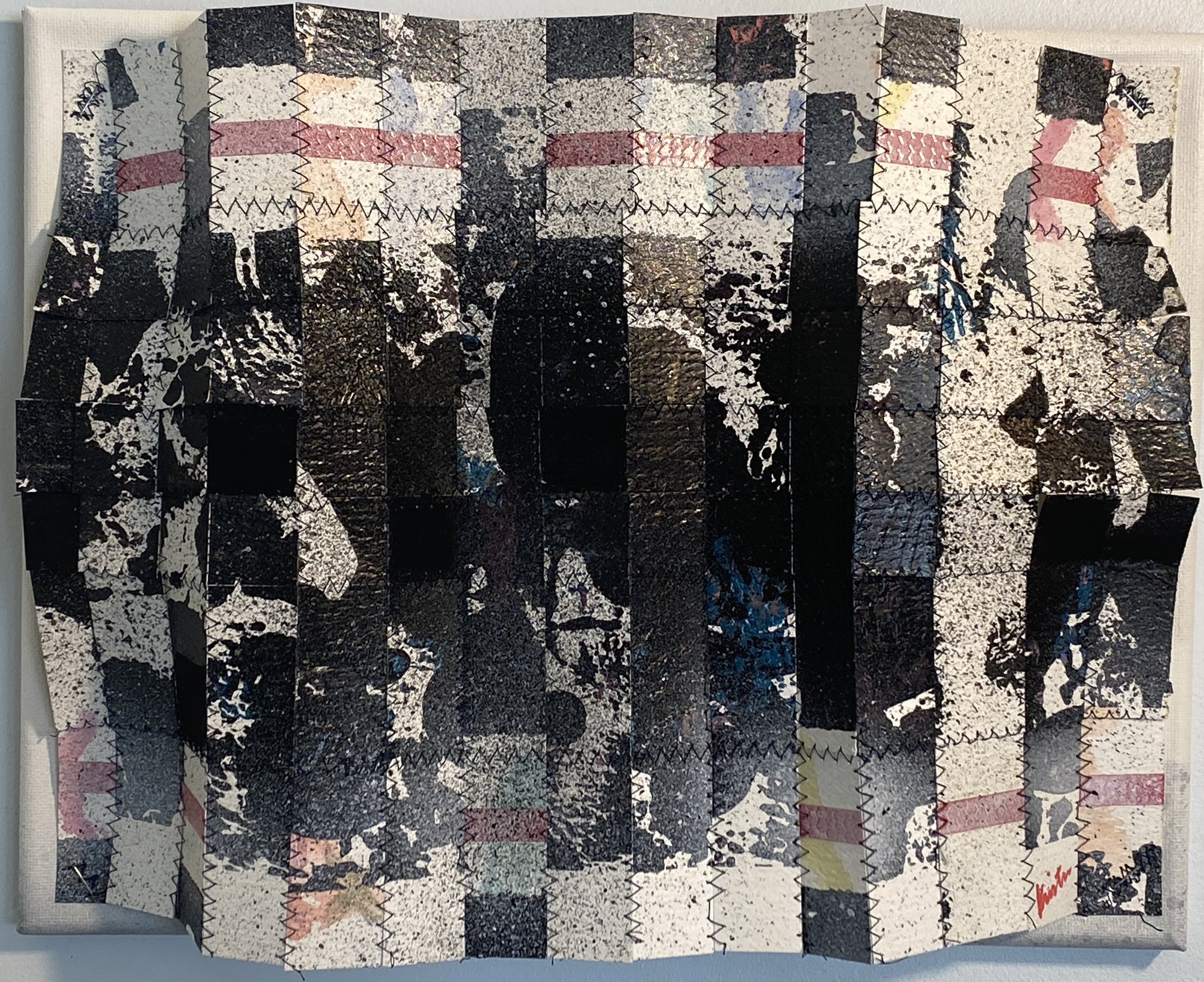Frances Elizabeth Morgan
Dr. Frances Morgan
Dr. Frances Morgan Hoggan
Dr. Hoggan
#2 of 7
University of Zurich
1867 - 1870
Thesis: Progressive Muscular Dystrophy
Frances The Popular




FROM The Biographical Dictionary of Women in Science:
British physician. Born 1843. Married Dr. George Hoggan (1874). Educated Wales; Paris; Dusseldorf; and London; studied medicine with private teachers in England; University of Zurich (M.D. 1870). Professional experience: St. Mary’s Dispensary for Women and Children, physician; joint practice with husband. Died. 1927.
The life of Dr. Frances Morgan Hoggan is fairly well documented, especially her career with her husband. They were prolific writers contributing over twenty papers on various medical topics. Frances early life is less clear. Information on her life came from may sources, but the primary book sources included:
Ladies in the Laboratory? American and British women in science, 1800-1900: a survey of their contributions to research by Mary & Thomas Creese.
The Charge of the Parasols: Women’s Entry to the Medical Profession by Catriona Blake
Wales, England
1843
Frances was born on December 20th 1843, the first of 5 future siblings in 19 High Street, Brecon Wales [LITL, 171]. Her father Richard Morgan marries Georgiana Catherina, a young widow with one son, the following month on January 26th 1843. In 1845 Richard Morgan became the vicar of Aberavon and Baglan.
1851
Her father died on March 9th when she was 8 from typhoid fever and pneumonia. According to the census day (three weeks later) Georgiana still lived in the vicarage in Baglan with the youngest four children (Louis, Emma, Thomas & Catherine). Frances and the oldest son Robert were absent that day [BFMM, 161]. An expanded biography indicates the eldest children were with Uncle Thomas a famer at ‘Maesgwrda’, 28 Laugharne, Carmarthenshire
The Cambrian of July 11, 1851 listed the auction of furniture and belongings of the late Reverent along with his milk cow and store pig.
Her widowed mother and the other children moved to Cowbridge, south Wales where Frances started school.
1853
At 10, she was sent to a school in Windsor to attend school, staying with a friend of the family for five years (do we know anything about this family friend, was it a gentlemen? Information from Frances life here is often quoted from Onefel Thomas’s 1970 biography Frances Elizabeth Hoggan 1846 - 1927 (it’s been lost to history - no one seems to be able to locate it).
1856
It is known that Georgiana was still in Cowbridge, south Wales at Dynevor Cottage when she received permission to dispose of Richard’s estate.
By the 1861 census Georgina is still in Cowbridge with Louis, Thomas & Catherine. with a young servant names Sarah. Frances and Emma were staying with their uncle Thomas, now farming at Cheshunt, Hertfordshire. Is Emma with Frances in Windsor???
Europe?
1858
Onfel Thomas’s lost biograph reports Frances moved to Paris to study from 1858-1861. She would have been 15.
1861
The same biography indicates she continued her studies in Dusseldorf after her time in Paris.
Elise Morgan is alleged to be born in Brussels this year according to her birth certificate.
Back in London
1865
In London, Elizabeth Garrett Anderson was the first woman able to register as a doctor by taking the Licentiate of the Society of Apothecaries (LSA), the only licensing body not forbidding women to take the registration exam [LITL, 171].
Now 23, Frances returned to London set to follow Elizabeth Garrett’s path.
1866
She began studies with private tutors to prepare for the professional licensing examinations administered by the Society of Apothecaries [LITL, 171] following the route set by Dr. Elizabeth Garrett Anderson.
1867
Frances Morgan along with two other students passed the Arts exam for the Society of Apothecaries which should enable them to present their names to be added to the official registry of medical professionals, but due to the controversy around “another lady doctor” referring to Dr. Elizabeth Garrett Anderson, the society amended their rules to expressly prohibit anyone who had not studied at a “recognized public medical school.” Her time studying aboard and with private tutors didn’t qualify according to the new rules.
There were no longer any open routes to medicine for women in the United Kingdom. What resulted was “the quiet route” to medicine. Traveling abroad to get a degree and returning to practice without a formal registration. This was the path suggested to both Frances Morgan Hoggan and Louisa Atkins by Elizabeth Garrett Anderson.
Eliza Walker Dunbar must have been following along, she heads there soon.




Zurich, Switzerland
1867
NEWS FROM ZURICH – FIRST WOMEN PASSES QUALIFYING EXAM, EXPECTED TO DEFEND BEFORE THE END OF THE YEAR
When Frances was denied permission to take the apothecaries’ exam, she left for Zurich saying she was: “hoping to breathe freer and purer air than seemed possible in England, where the medical profession was heaping its anathemas…on those women who chose the profession of medicine as a career.”
Frances arrived in Zurich that autumn and matriculated along with Louisa Atkins. In the anatomical laboratory, famed anatomist Hermann von Meyer, in an attempt to protect the modesty of the young lady, suggested certain demonstrations were not decorous or respectable for a lady… her response “Herr Professor, it is much more shocking and improper to make exceptions here.”
She was described as calm and self-confident with a cool intelligence and an aristocratic manner. She was a hard worker, putting in 60 hours a week at the university.
Nadezhda Suslova would go on to defend her theses and receive her degree in December (she marries and returns to Russia)
1868
Summer Maria Bokova and Eliza Walker arrive in Zurich.
1870
March. One half hour before Frances thesis defense, the exam room was full. The administrators were forced to move the location of her thesis defense to the “Aula” to accommodate over 400 attendants, including at least 50 women who showed up see the event and provide moral support.
Frances presented her thesis on progressive muscular atrophy and was sharply attacked by Dr Biermer for at least 25 mins.
“…but I didn’t react. I held my breath steady and took notes to keep me focused and countered all of his points with ease.”
Part of the excitement in the room was caused because the young students results did not agree with the material previously published by her director. There was clear tension in the space as the two worked through their differences, the main cause being the young student incorporated additional research from Britain and American that Biermer had not taken into consideration [LITL, 171]. At the conclusion he remarked:
“You have, honored Fraulein, an important role in the solution of the great social problem that has occupied us here in Zurich. By your scholarly earnestness and zeal, you have become a worthy model for the women studying here.
I greet you for the first time as a colleague. I cannot refrain from expressing to you out of a full heart my appreciation for your efforts and your tact. I am glad to confirm…that you have given a new guarantee of the success of the social experiment being made quietly here in Zurich, an experiment that affects…the whole world.”
European Tour - Post Doc
1870
Frances travels to Vienna where she worked under the surgeon Gustav Brann learning about operative midwifery. She then goes onto Prague and Paris [LITL, 171].
Return to London
1871
The registry requirements had not changed, when Frances returned to England where the two Lady Doctors, Dr. ELizabeth Blackwell & Dr. Elizabeth Garrett Anderson were actively pushing for the medical education of women.
Frances, along with Dr. Elizabeth Blackwell, Barbara Bodichon, Ernest Hart and others founded the National Health Society, Frances was the first Honorary Secretary. “Prevention is Better than Cure” it’s aim: to assist in the formation of local societies, to induce schools to include sanitary instruction in their teachings, to form an office for answering questions, from private individuals and others, as to the proper modes of procedure in case of sanitary difficulty, and to establish a reference library, with plans, models, and papers.
In March, Frances was appointed assistant to Dr. Elizabeth Garrett Anderson at the New Hospital For Women (Prior known as the St. Mary’s Dispensary for Women and Children in 1866) [LITL, 171].
There was a strong hostility to women by the male doctors within the profession. The Obstetrical Society of London felt especially threatened because they feared the competition.
1874
No one knows how Frances and George Hoggan met. Hoggan was a working class Scottsman who started started studying medicine at the University of Edinburgh in the late 1860s where he “strongly supported the struggle going on for the admission of women to the medical school.” [LITL, 172]. George Hoggan, along with few other students had protected Sophia Jex-Blake and the other women students at Edinburgh. As a supporter of women’s education he surely would have heard of France’s graduation from Zurich and would have known of her, she was tremendously popular at the time. Read more about his involvement with The Edinburgh 7 HERE.
The couple were married in a registry office, witnessed by Rose Anna Shedlock (unknown) and William Bowman Macleod (is this the same Macleod who protected the ladies during the Riot at the Surgeons Hall?). They were the first husband and wife medical team in Britain [TBDOWIS, 914].
1875
Still officially unregistered, Frances was elected to the British Medical Association, presented a paper at the Edinburgh meeting, during the meeting members were unhappy about female membership, called for a vote ¾ opposed the admission of women. In 1878 Special meeting of British Medical Association voted “no female be eligible as a member of the Association” Frances’s membership was declared invalid (though Elizabeth Garrett was not expelled)
This year she left the New Hospital over what is speculated to be, the over use of surgery by Dr. Elisabeth Garrett Anderson, leading to unnecessary death in the name of science.
(Frances complains about the poor skills by Elizabeth Garrett Frances eventually resigns [BWSATP, 29] )
1876
In August, the Enabling Act (Enabling Bill) made it clear there were no legal impediments to universities allowing women to take the exams if they wished. The King’s and Queen’s College of Physicians of Ireland was the first to be persuaded to allow women to sit for the exam [LITL, 171].
1877
The women showed up for exams:
Eliza Walker Dunbar (#6 of 7) Jan 77
Frances Hoggan (#2 of 7) and Louisa Atkins (#3 of 7) Feb 77
1878
The Husband and Wife Doctors
The couple published no less than 22 co-authored papers written in English, French & German language (we know who spoke all three) [LITL, 172].
1880
Frances publishes a pamphlet On the Physical Education of Girls
1882
Frances publishes a pamphlet Education for Girls in Wales
1884
George Hoggan health declined and didn’t recover eventually passing in 1891 [LITL, 172].
Further Reading
[TCOTP] Blake C. The charge of the parasols : women’s entry to the medical profession. London: Women’s Press; 1990.
[BWSATP] Brock C. British women surgeons and their patients, 1860-1918. Cambridge, United Kingdom: Cambridge University Press; 2017.
[LITL] Creese, M. R. S., Creese, T. M. (1998). Ladies in the Laboratory? American and British Women in Science, 1800-1900 : a Survey of Their Contributions to Research. United Kingdom: Scarecrow Press.

